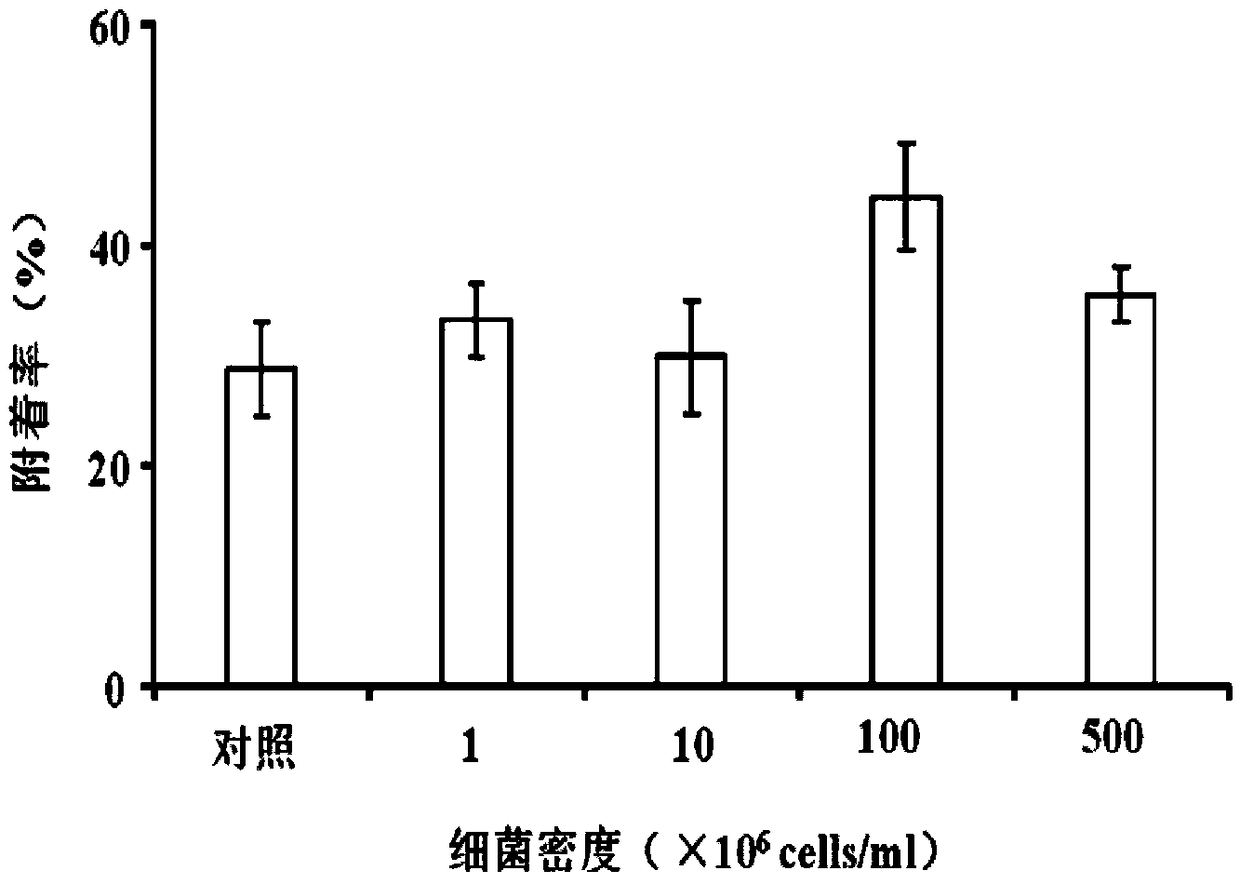Deep-sea bacillus and application thereof to inducing adhesion of juvenile mollusk of mytilus crassitesta
A deep-sea bacillus and bacillus technology, applied in the application, bacteria, climate change adaptation and other directions, can solve the problem that the natural seed cannot meet the development of the thick-shelled mussel aquaculture industry.
- Summary
- Abstract
- Description
- Claims
- Application Information
AI Technical Summary
Problems solved by technology
Method used
Image
Examples
Embodiment Construction
[0008] The specific implementation manner of the present invention will be further described in detail through the description of the best embodiment below.
[0009] Isolation and storage of strains:
[0010] The deep-sea bacillus (Bacillus sp.29R7-12) involved in the present invention is derived from oceanic sediments (E 142.20°, N 41.18°) near the Shimokita Peninsula at an altitude of -1180 meters. Pure colonies were isolated and purified using ZoBell 2216E solid medium, and were uploaded to the NCBI database after comparison with the nucleic acid data in GENEBANK (http: / / www.ncbi.nlm.nih.gov / ) through 16S rRNA gene sequencing. The final name of the bacterium was Bacillus, and the obtained serial number was MG252257. The bacterium was preserved in the China Center for Type Culture Collection (CCTCC) with the preservation date of January 29, 2018, and the preservation number was CCTCC M 2018065.
[0011] The present invention relates to the induction experiment of deep-sea b...
PUM
 Login to View More
Login to View More Abstract
Description
Claims
Application Information
 Login to View More
Login to View More - R&D
- Intellectual Property
- Life Sciences
- Materials
- Tech Scout
- Unparalleled Data Quality
- Higher Quality Content
- 60% Fewer Hallucinations
Browse by: Latest US Patents, China's latest patents, Technical Efficacy Thesaurus, Application Domain, Technology Topic, Popular Technical Reports.
© 2025 PatSnap. All rights reserved.Legal|Privacy policy|Modern Slavery Act Transparency Statement|Sitemap|About US| Contact US: help@patsnap.com

